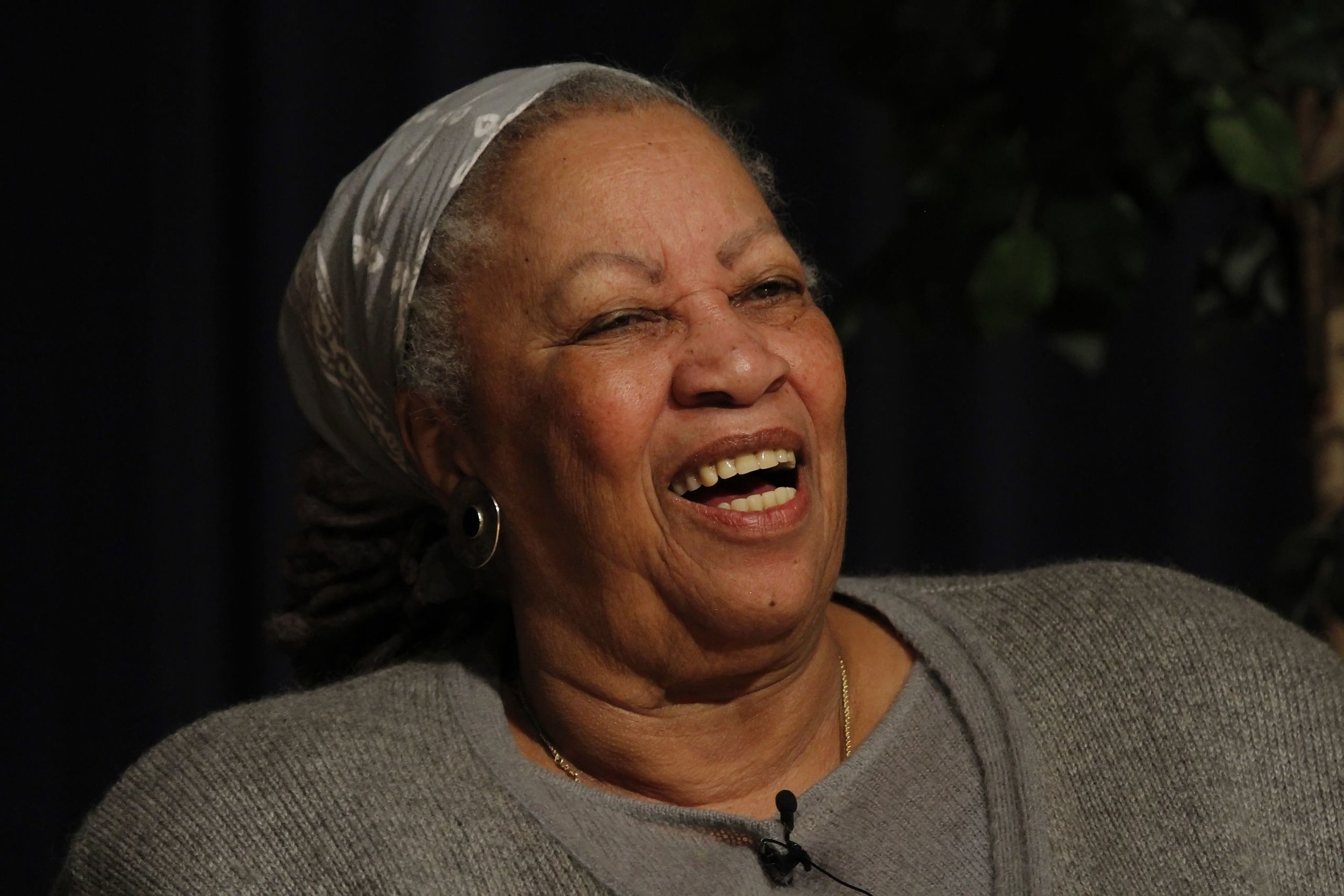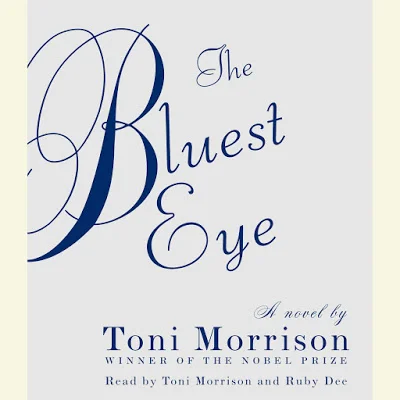Last month Toni Morrison passed away. Her works received critical praise for her depictions of strong African American women and her willingness to address the harsh consequences of racism in the US.
Her first novel The Bluest Eye was published in 1970 and was the start of her Pulitzer and Nobel Prize winning career which spanned almost 60 years.
Ms. Morrison’s books were often challenged or banned because of her frank depictions of racism, racial violence, rape and incest. She was a fierce opponent of censorship.
According to Ms. Morrison:
“The same sensibilities that informed those people to make it a criminal act for black people to read are the ancestors of the same people who are making it a criminal act for their own children to read.”
In honor of this incomparable woman, my choice of books to review for this month’s issue about banned books is her first novel, The Bluest Eye.
Claudia MacTeer and her sister Frieda live in Lorain, Ohio with their parents and a boarder named Henry. Pecola Breedlove is slightly older than Claudia and becomes a temporary foster child of the MacTeer family after her drunken father burns down their home.
Pecola’s story is told in remembrances by Claudia and a series of flashbacks. At the start of each chapter are snippets reminiscent of the Fun with Dick and Jane reading primers about a white family consisting of a mother and father, fair haired blue eyed Jane, her brother Dick and their dog Spot. The grammar and speech patterns in the primers are vaguely foreign to children from black neighborhoods.
These images represent the types of people the children in this semi-integrated community see in books and movies. Fair haired blue eyed baby dolls are the toys little black girls are given for birthdays and Christmases… the babies they are expected to cradle and love as their own. These are the images of perfection they see living in fine homes and riding in the nicest cars… society’s image of beauty that graces every billboard and denies the beauty of their dark skin and brown eyes.
Claudia and Frieda resent this image and reject the baby dolls they are given.
Pecola’s skin is dark; she has muddy brown eyes with a wide nose and distinctively African American features resembling her father’s. She’s a quiet girl from a dysfunctional home where her parents, Pauline and Cholly, are always fighting. Pecola hears their angry words and witnesses their physical altercations often becoming the second victim of her father’s drunken rages. She’s constantly berated for being ugly. People comment on the darkness of her skin and the blackness of her features.
With nowhere to turn for support, Pecola begins to fantasize about being beautiful and accepted. She decides having blue eyes would make everyone forget that she is ugly. Pecola begins to wish for blue eyes. She prays for them and even visits a spiritual leader to ask for her wish.
Ms. Morrison uses flashbacks to tell Pauline and Cholly’s stories… how they met and how they are each diminished by the limitations placed on them by a racist society. Cholly turns to alcohol to dull his pain and Pauline finds comfort working for a wealthy white family and helping to care for their beautiful fair haired blue eyed daughter.
After Pecola returns to her family, she is raped by her father during one of his drinking episodes. Pecola’s mother won’t believe her, but when she is raped a second time she becomes pregnant and her father runs away to avoid going to jail.
In order to handle what has happened to her, Pecola retreats into her own mind and she becomes convinced her wish for blue eyes has been granted. After her child is stillborn, Pecola loses all touch with reality and wanders the streets looking at the world through what she believes is “the bluest eye.”
I seldom reveal the ending of the book I am reviewing, but in this case it’s essential to understanding the intent of the author. I don’t consider this to be a “spoiler” because the vividness of Ms. Morrison’s descriptions and the richness of her prose make reading this book a rare treat. Be prepared to be shocked and angry for Pecola and hopefully more aware of the consequences of treating people as less than by failing to recognize beauty in all its forms.
Sources:
https://en.m.wikipedia.org/wiki/Toni_Morrison
https://pen.org/multimedia/toni-morrison-on-censorship-literacy-and-literature/







